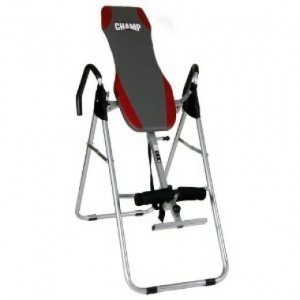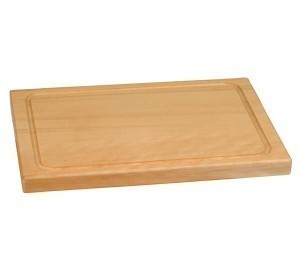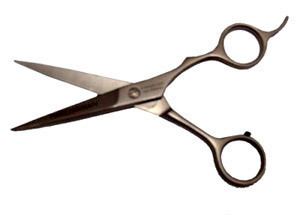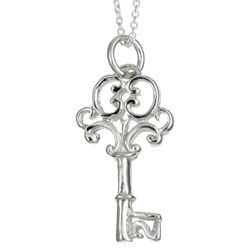Scalpel Dimensions
Employed in medical surgery, as well as in arts and crafts, the scalpel 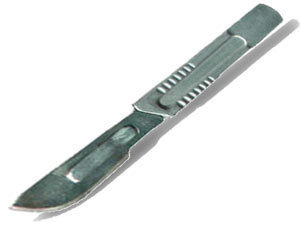 consists of 2 parts; namely, its blade and its handle. The average length of the blade is 1.27 mm, but there are some that measure even longer. Naturally, the blade is only used once for sanitary reasons. Whereas scalpel blades are replaceable, their handles are still reusable. The typical sizes of a scalpel handle are 105 mm, 140 mm, 150 mm, and even as long as 165 mm.
consists of 2 parts; namely, its blade and its handle. The average length of the blade is 1.27 mm, but there are some that measure even longer. Naturally, the blade is only used once for sanitary reasons. Whereas scalpel blades are replaceable, their handles are still reusable. The typical sizes of a scalpel handle are 105 mm, 140 mm, 150 mm, and even as long as 165 mm.
There are basically 2 types of scalpels used, grouped according to their handles. The first kind is used for the flat #3 and #4 handles, with the 4 being much bigger in size than the 3 handle. The second type, used for the #7 handle, has a flat back and a rounded-off front, and is somewhat akin to a pen in appearance.
Scalpel blades also come in a number of types, with particular varieties manufactured to be compatible with more than one handle size. Among these is the #10 blade, which has a flat back and a curved cutting edge. Used in surgery to cut skin and muscle, as well as in crafts for carving and cutting stencils, it is compatible with #1, #3 and #7 handles. The #10a is a small, straight blade that goes well with 3, 3L, 3 Graduated, 5B, 7, 9, B3 and B3L handles.
Used for cutting with precision, the #11 blade is similar to that of an X-Acto artknife, which also makes it ideal for stencil making. With a flat cutting edge parallel to the flat back and handle, it is designed for the 1, 3 and 7 scalpel handles. The small, pointed and crescent-shaped #12a, with its sharpened inner edge, is made for handles 3 and 7. The #12b also goes with the 3 and 7, and is almost similar in form to the 12a, except that both sides of its curve are sharpened.
Compatible with 3 and 7 scalpel handles, the #15 blade is basically a smaller variation of the #10 and performs the same functions as that blade. The #15c goes with the same handles as the #15, but is a thinner and flatter version of its predecessor, and is set in a downward angle. The #16 blade is narrow and chisel-like, having a flat, oblique cutting edged, and is placed higher than the handle’s axis. Useful in etching and making stencils, it goes with the 1 and 3 handles.
The chisel-like #17 blade is utilized when one needs to make a narrow cut. Made for scalpel handles 1 and 3, it has a flat face and measures 1.6 mm in length. For scraping and making deep cuts, the #18 blade is used. Measuring 12.77 mm, this type is also similar to a chisel and goes with handles 2, 5 and 6. The #19 blade is very similar to the #15, but is a match for handle 4.
The #22 blade is a bigger version of scalpel blade #10, and is used for trimming, whittling, shaping and other general functions. It is compatible with handles 2, 4, 5 and 6. Made for handles 2, 5 and 6, the #24 blade has a wide, flat and angled cutting edge, and is useful in stripping, tripping and making corner cuts. The triangular #25 blade resembles #11 and is made for handle 4, as is blade #60, which is similar to #10, but with a rounded tip and long cutting edge.

